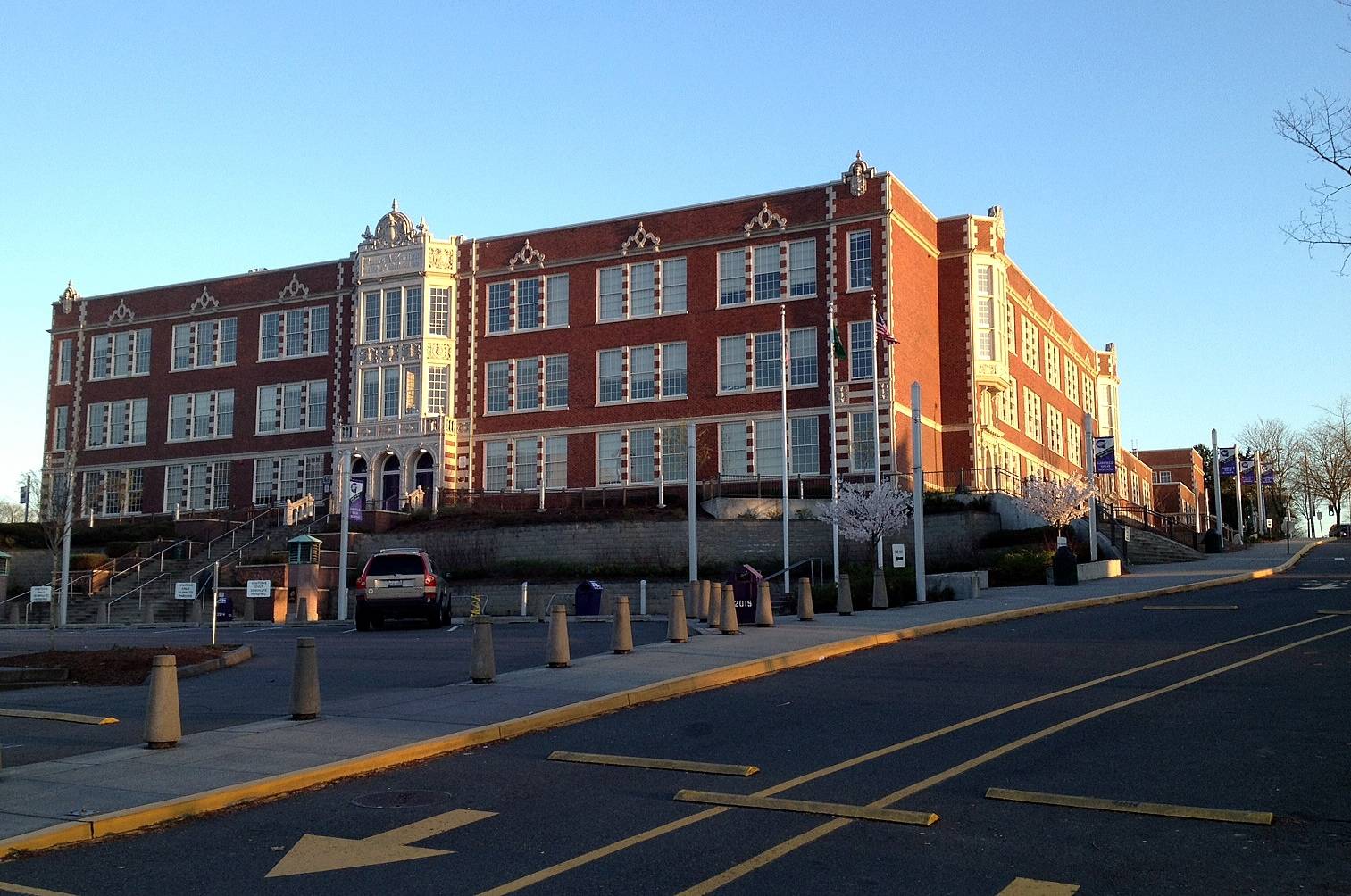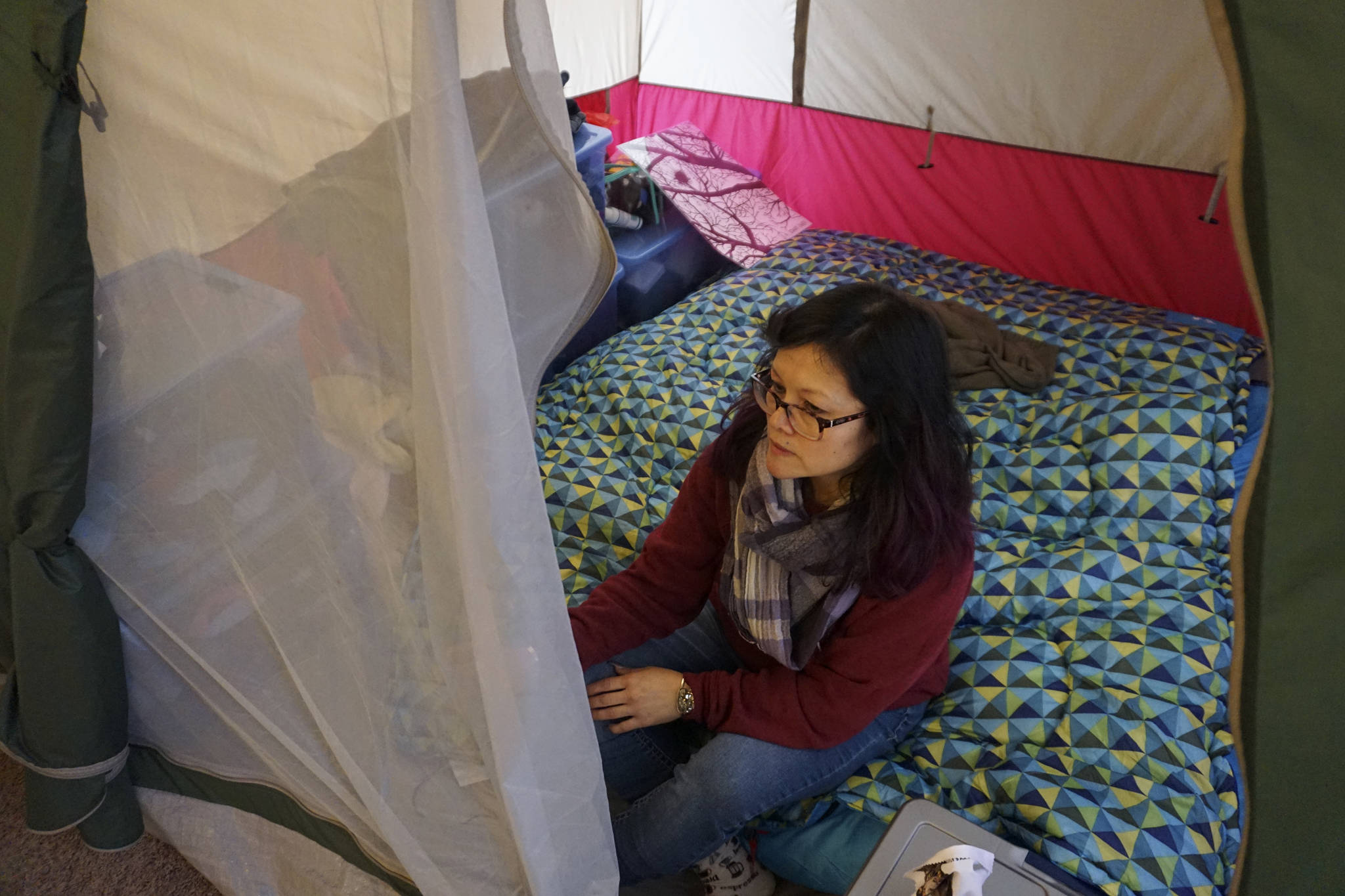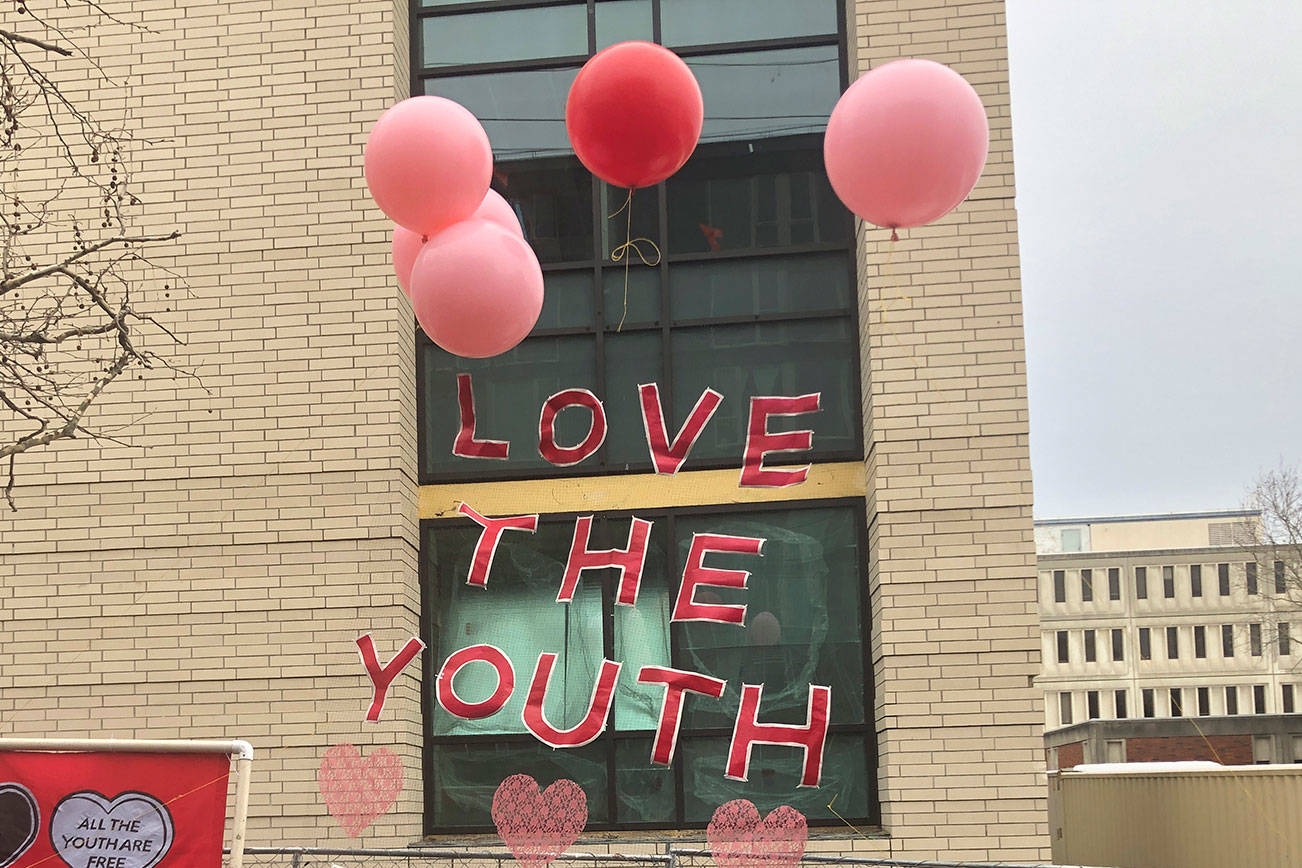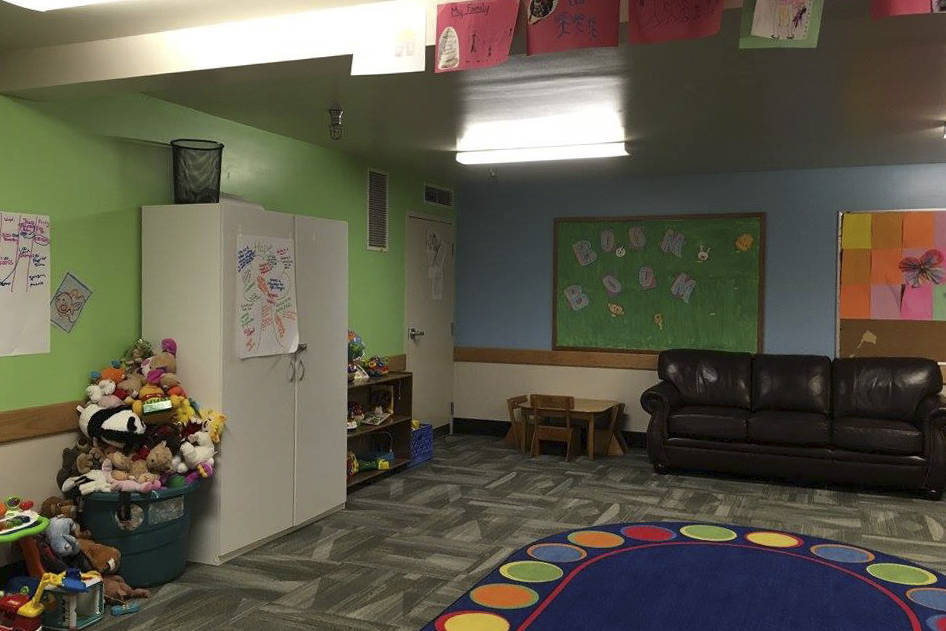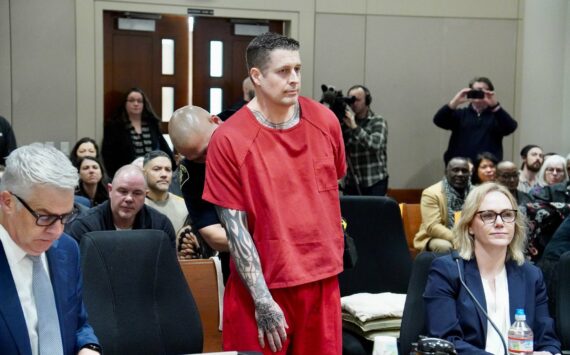In June, Washington’s Supreme Court ruled that the state adequately funded the public school system, ending a nearly decade-long legal battle known as the McCleary decision. In 2012, the high court found that the state was violating its constitution by underfunding K-12 basic education, resulting in the state infusing billions of dollars into the school system throughout the years. The June decision lifted the $100,000 per day penalty imposed on the state for failing to meet the McCleary obligations.
Legislation that finalized the approved plan also increased the 2018-2019 average teacher salaries statewide to adjust for inflation from the previous school year and regional home prices, resulting in districts with higher property values receiving additional funding from the state. Previously, the state’s salary schedule gave additional money to teachers with higher education and more experience. Now school districts will create their own teacher salary schedules, which has led to debate about whether schools have enough money to retain staff, let alone increase their pay. It’s an issue that is especially contentious in Seattle.
Passed by the state Legislature in March 2018, Senate Bill 6362, sought to ensure that teachers are offered competitive wages so districts can recruit talent from neighboring districts and retain seasoned teachers. State legislators also allotted $776 million to go towards teacher salaries.
The McCleary ruling sought to end the state’s reliance on local property taxes to fund basic education, a funding system which will impact districts differently depending on the area’s housing values. School districts may only levy a maximum of $1.50 per $1,000 of the assessed property value in the school district or $2,500 per pupil, whichever is of lesser value.
Despite the increase in state funding, Seattle Public Schools (SPS) officials say that the decreased levy dollars will lead to a deficit in upcoming years that could result in staff downsizing. Meanwhile, teacher union representatives disagree with the projected shortfall, and argue that additional state funding will allow for staff salary increases statewide.
In a budget update last Thursday, SPS announced that it will likely have to cut staff and programs beginning in the 2019-2020 school year. Even if voters approve of the local education levy in February 2019, SPS will still only collect $2,500 per student each year, down from $4,000 in previous years. According to SPS, the district will rely on a one-time surplus from state and district savings of $45.5 million to cover salary increases over the next three years, but the funding gap is expected to grow by next year.
Even with a levy renewal in 2019, the budget shortfall is projected to grow to $43.8 million in the 2019-2020 school year, $55.7 million the following year, and $68.1 million in the 2021-2022 school year. The Seattle school district attributes the budget shortfall to a projected decrease in revenue from local levies, accompanied with a rise in expenditures for staff salaries and programs.
“We’ve been talking with the state about what this means for us,” said JoLynn Berge, SPS’ assistant superintendent for business and finance. “We tried to make sure that we were saving as much money as we could to have our surplus be as big as possible so we could use it to try to smooth that projected shortfall.”
Berge was unable to say what programs might be cut as a result of the projected shortfall, but she noted that the district would prioritize maintaining services for historically underserved populations. She said that the cuts will likely hit teachers the hardest: “It will be staffing somewhere, somehow.”
News of potential cuts comes as the Seattle Education Association (SEA)—a union that represents 5,000 teachers and other school employees—negotiates a new collective bargaining agreement with the school district this month. During the last bargaining session in 2015, the teachers’ union staged a five-day strike over disagreement with the district about wage increases.
As they continue with negotiations, SEA President Phyllis Campano contends that the district’s announcement paints a more portentous picture of the budget than meets reality. Although the district will only have $2,500 per pupil from the levy, the Washington Education Association projects that the combined state and local funding per Seattle pupil will amount to $15,072 in 2018-2019, $14,572 in 2019-2020, and $14,906 in 2020-2021.
She also noted a misleading bar chart on the district’s site that compares revenues to expenditures. The bottom of the chart begins at $880 million instead of $0, which she said “magnifies the issue” by making it appear as if the district has less money than it actually does.
“I don’t think we’ll be in any deficit,” Campano said. “I don’t understand why the state Supreme Court would release jurisdiction on McCleary if the largest district in the state is going to be in so much trouble, as they state in this letter.”
She surmised that SPS was concerned about districts around Seattle having drastic salary increases, which could lead to Seattle’s schools losing teachers to nearby jurisdictions.
It’s already starting to happen. One teacher in Leschi couldn’t afford a house in Seattle, for instance, so she and her husband moved to Edmonds, where she will make $16,000 more a year. “This is my fifth bargaining in nine years,” said Campano. “There’s always an issue around money—that’s what the district always puts out, that they don’t have enough money to do what teacher’s want.”
Seattle’s debate is reflected in districts statewide. School funding changes triggered the contract negotiations of about 250 teachers’ unions throughout the state, compared to about 150 negotiations during most years, according to statewide teachers’ union Washington Education Association spokesperson Rich Wood. About 20 of those districts have agreed to increase teachers’ salaries, but some officials—including those at SPU—have said that schools will face a deficit in upcoming years. Vancouver’s Evergreen School District only offered a 1.9 percent increase in teacher salaries during recent contract negotiations, and officials at the Tacoma School District have also cited the McCleary decision for not drastically increasing teacher salaries, which Wood called “excuses that ring hollow.”
“Districts are affected differently, but they’re all going to have substantially more funding in total than they had before McCleary,” Wood said. “It doesn’t make sense that after the Legislature worked for six years to comply with the McCleary court case that now school districts would somehow go backwards.” He cited neighboring school districts such as Bellevue, Lake Washington, Edmonds, and Bainbridge Island that negotiated substantial pay raises for its teachers “because of the need to pay competitive professional salaries so that we can have great teachers for our kids.”
Campano considered the Thursday announcement a tactic to convince the public that the district is in a budget shortfall so as not to drastically increase teachers’ pay during contract negotiations with the union. “If you’re that worried about the levy, why wait until we’re in the last three weeks of bargaining to put this information out?”
Berge contends that the district has been sharing information about the projected shortfall since last summer, and that it’s not “alarmist” news. “We’re simply trying to be very transparent, and provide people information,” said Berge, noting that she could not speak about how the deficit could impact the collective bargaining agreement with the teachers’ union.
Currently, the beginning salary for teachers in Seattle is $51,500, while teachers with a PhD or doctorate can make $100,700 after 14 years of service, according to Berge. In comparison, teachers in Edmonds now make a starting salary of $62,000, which could increase to $114,000 within 14 years, following recent contract negotiations. “Seattle is an expensive place to live, and now we have all these districts around us where our members can easily drive, and live closer to home,” Campano said. “What we’re more nervous about is attracting and retaining, and we have to be competitive … or we’ll start losing educators.”
mhellmann@seattleweekly.com
